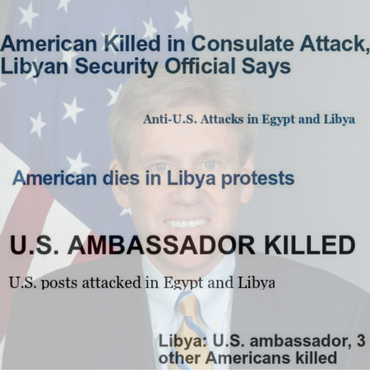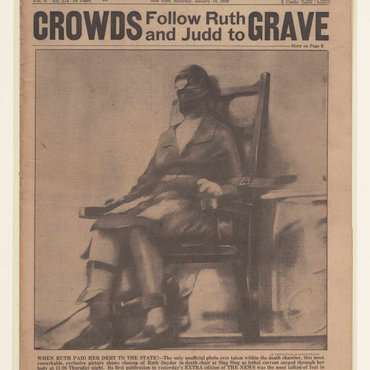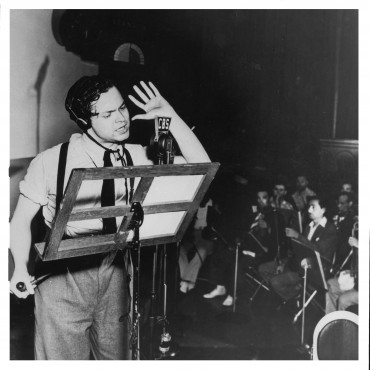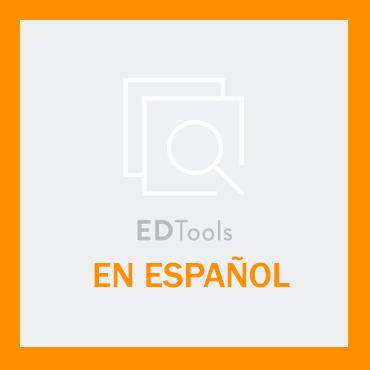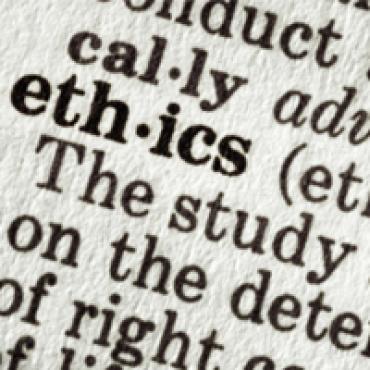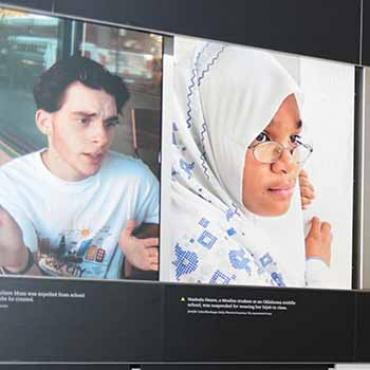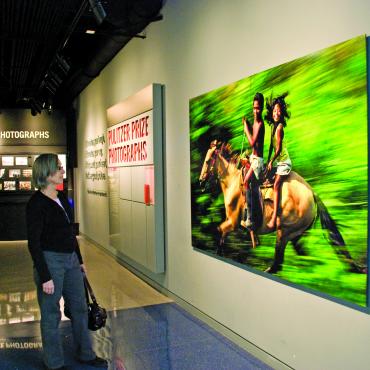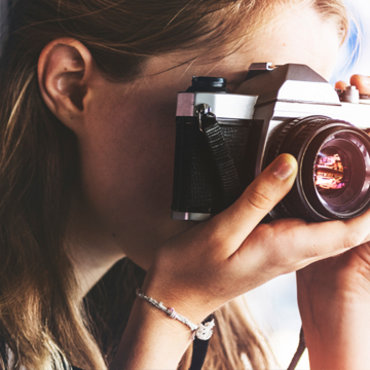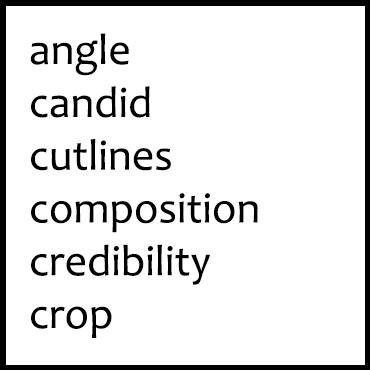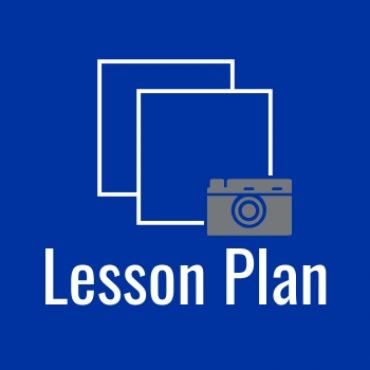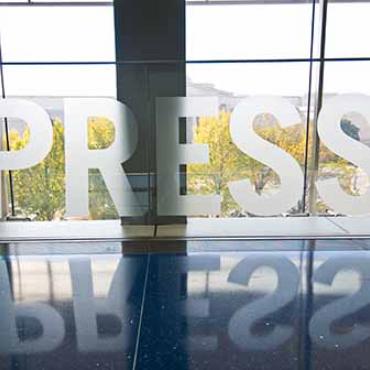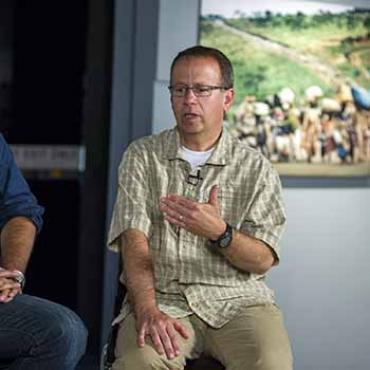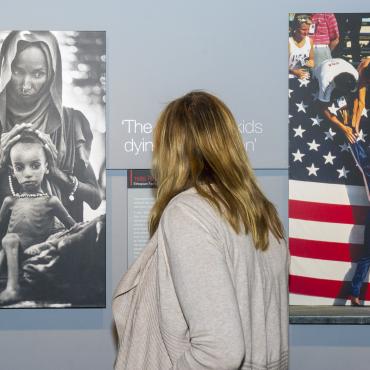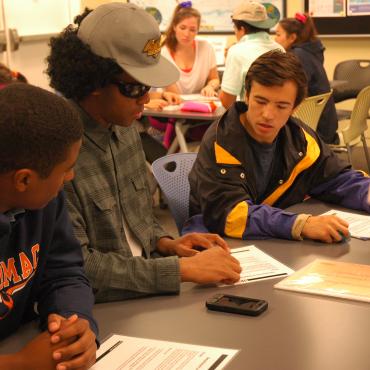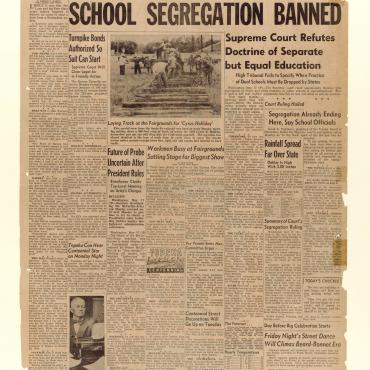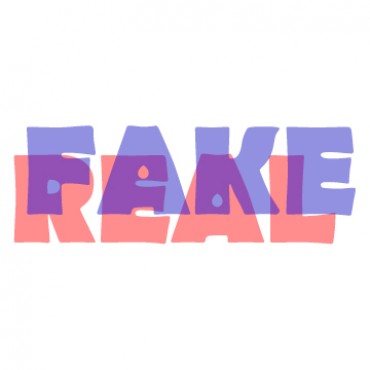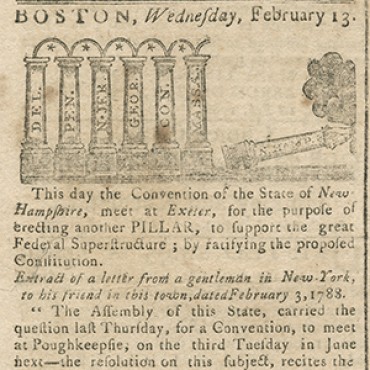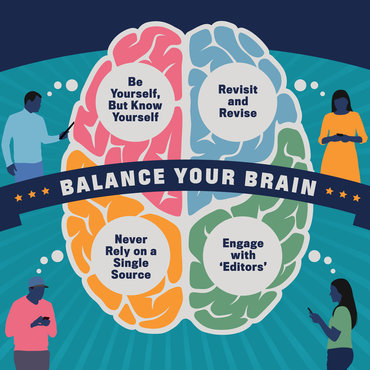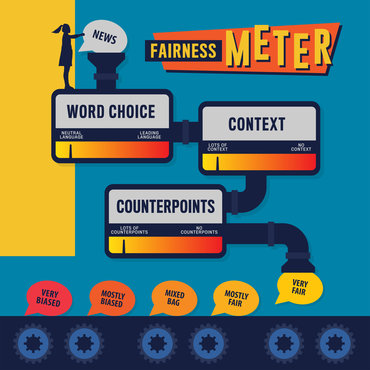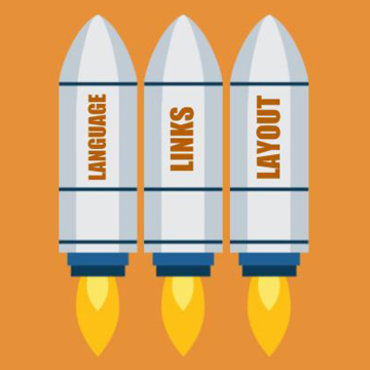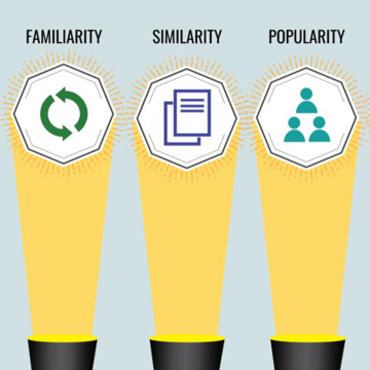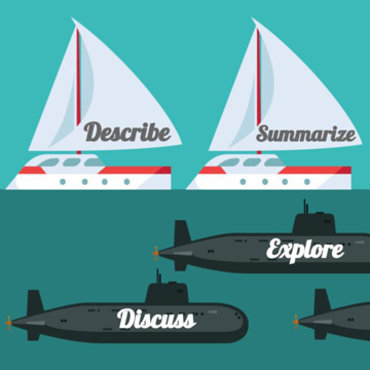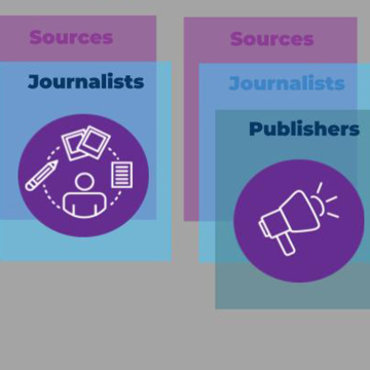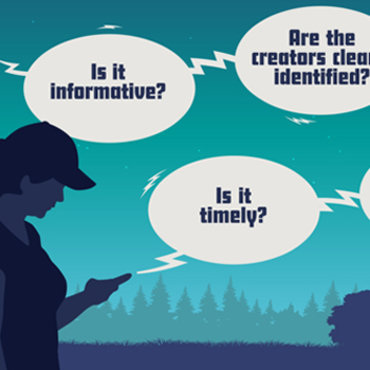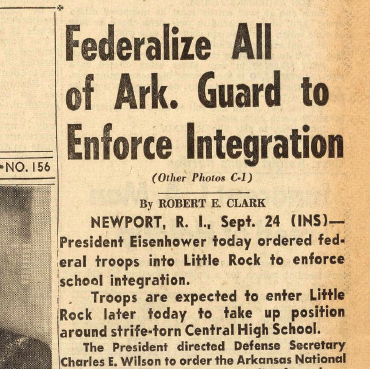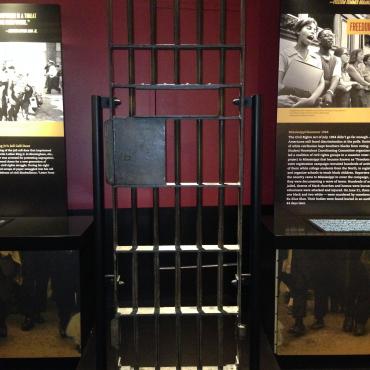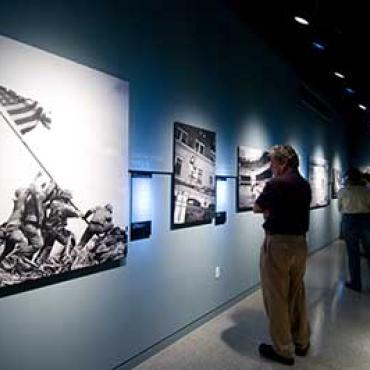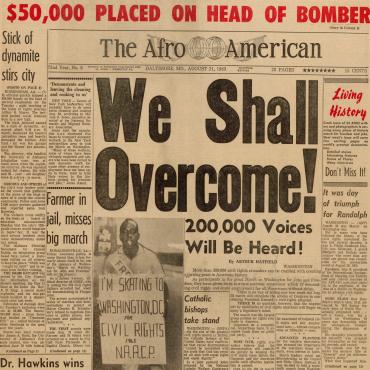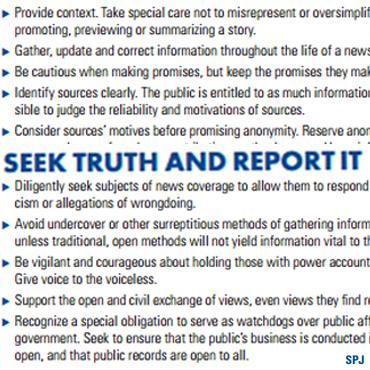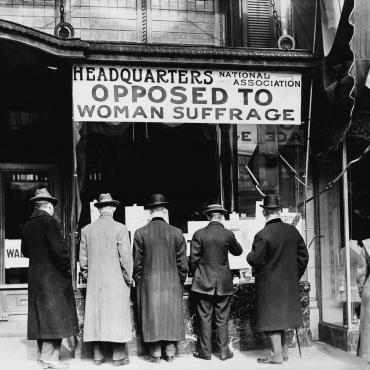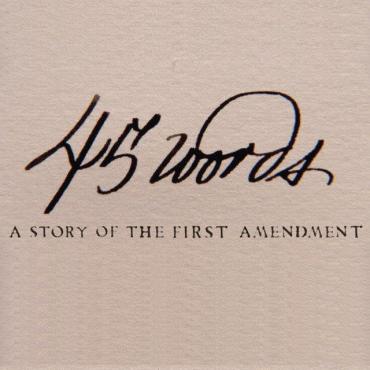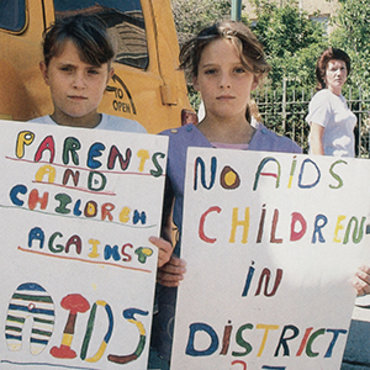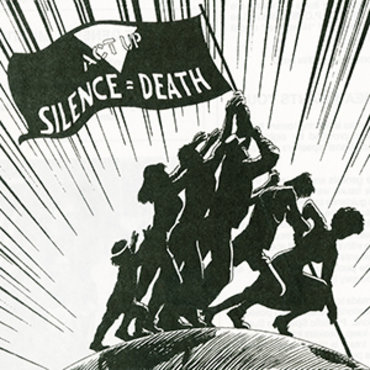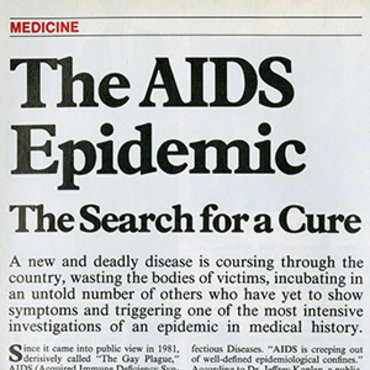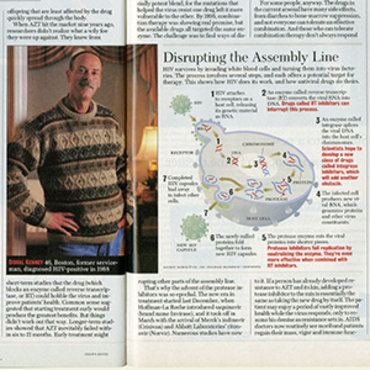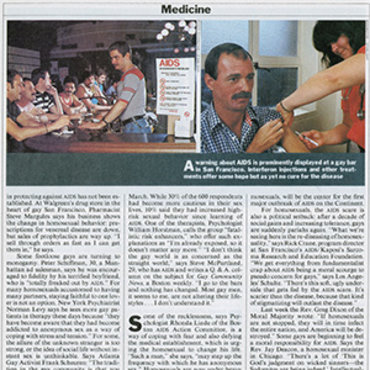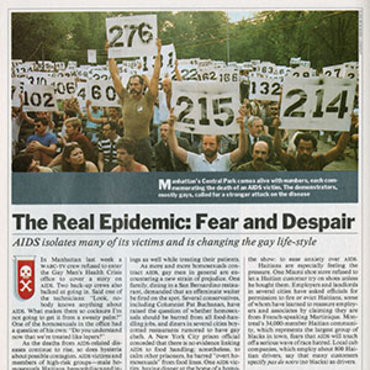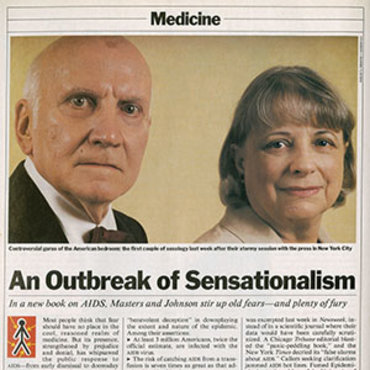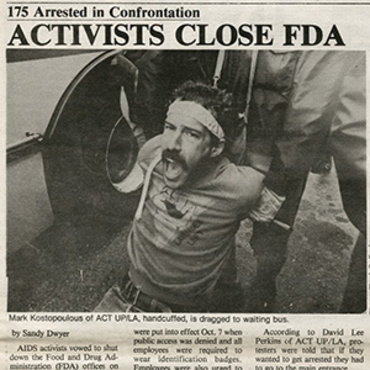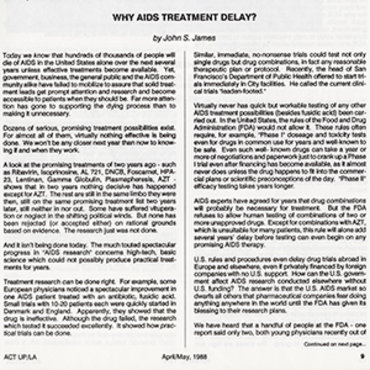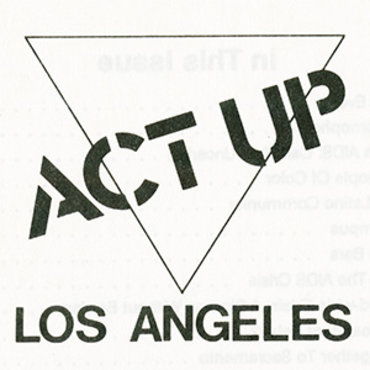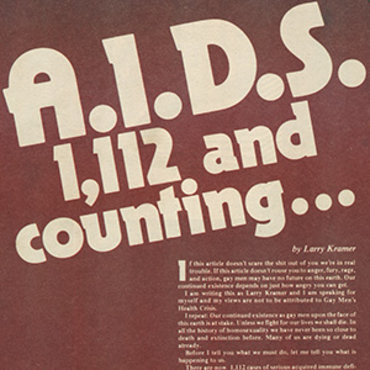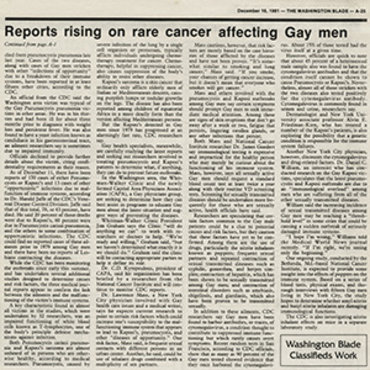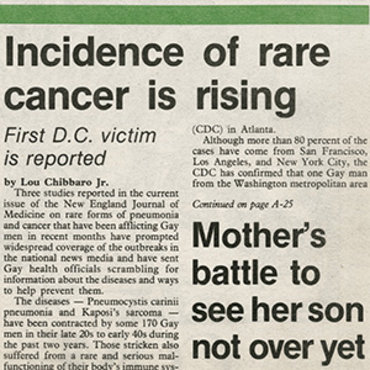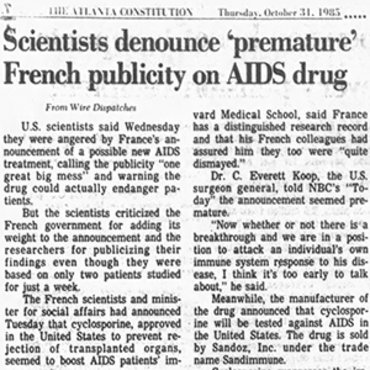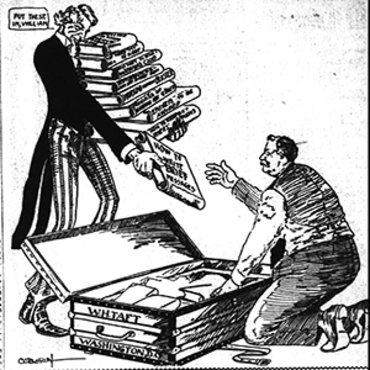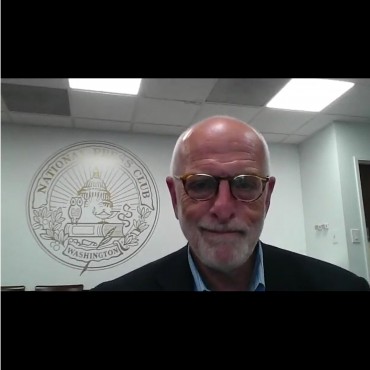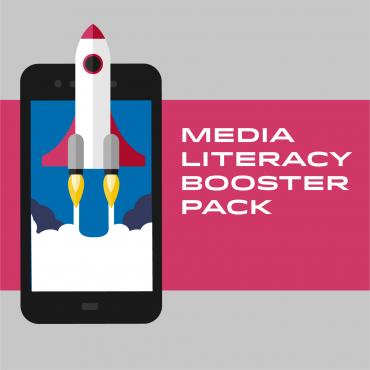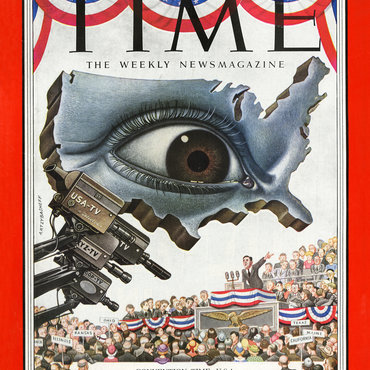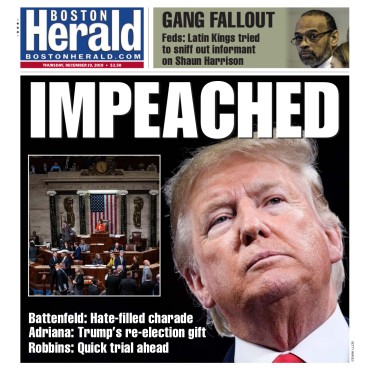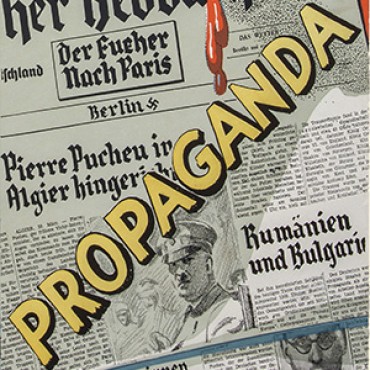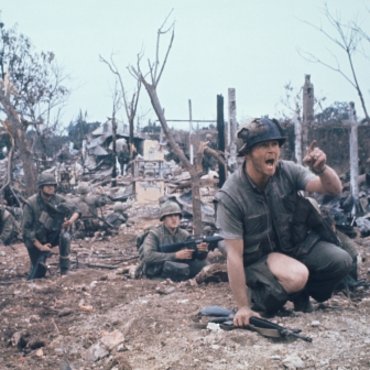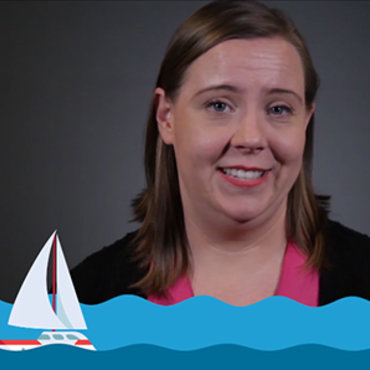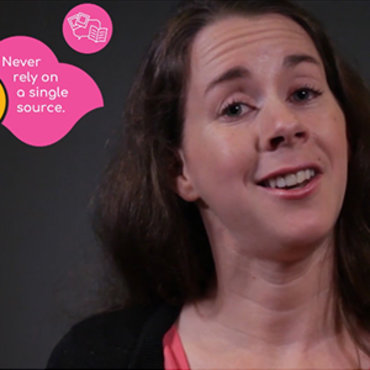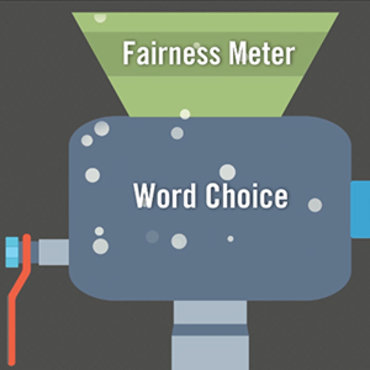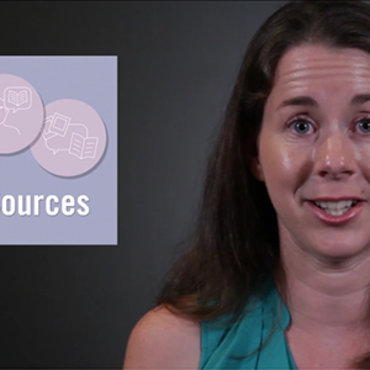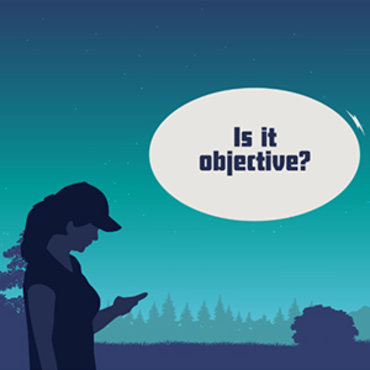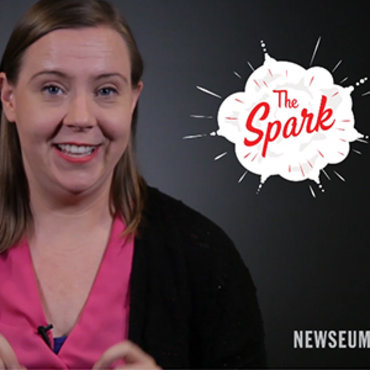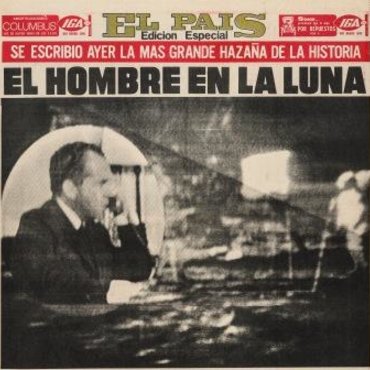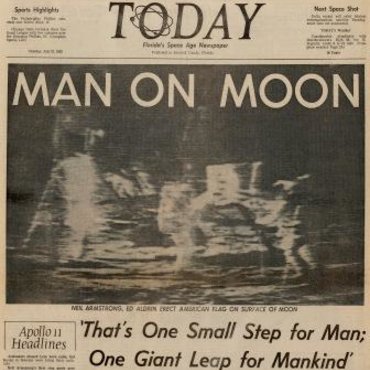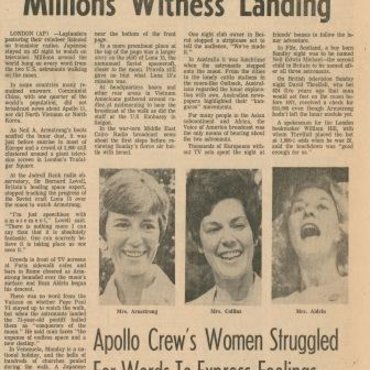Photo Ethics: To Publish or Not to Publish?
Students grapple with real-life ethical decisions to understand the principles that guide photojournalists at work.
Get even more great free content!
This content contains copyrighted material that requires a free NewseumED account.
Registration is fast, easy, and comes with 100% free access to our vast collection of videos, artifacts, interactive content, and more.
NewseumED is provided as a free educational resource and contains copyrighted material. Registration is required for full access. Signing up is simple and free.
With a free NewseumED account, you can:
- Watch timely and informative videos
- Access expertly crafted lesson plans
- Download an array of classroom resources
- and much more!
- Journalism
- Media Ethics
- 6-12
- Individually, or as a class, read the NPPA Code of Ethics. Check for understanding by asking the class:
- What does it mean to be accurate? To be comprehensive?
- What does it mean to provide complete context?
- Why shouldn’t photojournalists accept payment from sources, subjects or their contacts?
- Hand out the Photo Ethics Scenarios, one case study per student pair or small group.
- Give students time to read the scenarios, select an action and prepare to justify their responses. Remind students to reference the code of ethics as they make and justify their decisions.
- Each pair or group should present their case to the group, then explain their choice and rationale.
- After discussing their answers (see prompts below), as a class or individually, have students create their own code of ethics, either for photojournalism specifically or publishing generally – for example, for running a personal or school Tumblr account.
- National Press Photographers Association Code of Ethics (download), one per pair or small group of students
- Photo Ethics Scenarios handout (download), one per pair or small group of students
Have students share their findings and look for similarities. Then ask:
- What does it mean to be honest and clear in capturing images? To be fair and accurate?
- How are issues of bias and fair reporting addressed by photojournalists?
- Which images did you agree to publish and why?
- Which ones couldn’t you agree on and why?
- Which of these issues have you encountered in your newspaper or other news media outlet? In your school newspaper?
- How do the NPPA guidelines apply to your life?
-
Common Core State Standards: CCSS.ELA-LITERACY.CCRA.SL.1
Prepare for and participate effectively in a range of conversations and collaborations with diverse partners, building on others' ideas and expressing their own clearly and persuasively.
-
National Council of Teachers of English: NCTE.12
Students use spoken, written, and visual language to accomplish their own purposes (e.g., for learning, enjoyment, persuasion, and the exchange of information).
